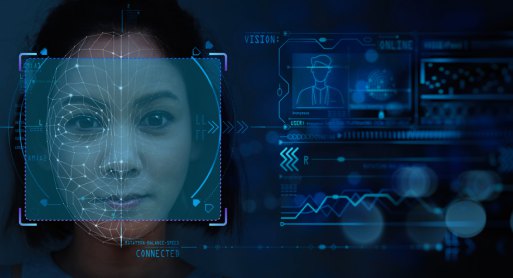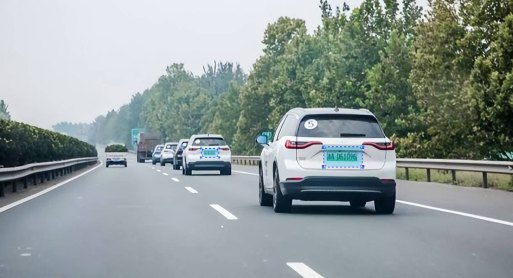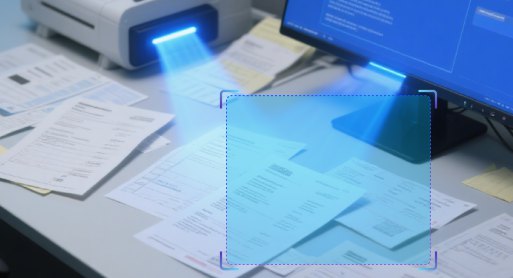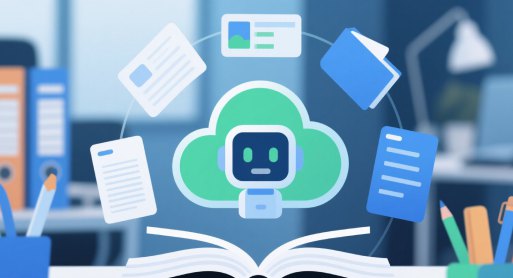
OCR for ID Document Recognition

Algorithm Introduction
Utilizing computer vision technology to enable precise extraction of key information fields from various identification documents, including ID cards, passports, business licenses, and vehicle driving permits, with standardized output of recognition results.
Application Value
-

Government Service Halls
Automates document information extraction for tax filing, household registration, and business registration, significantly improving service efficiency -

Public Service Centers
Simplify public service procedures, enable rapid ID-person verification, and reduce manual errors. -

Transportation Hubs
Enhances identity verification at airports and railway stations, improving passenger throughput -

Financial Institutions
Accelerates document authentication for account opening, loan processing, and insurance claims, while reducing operational risks
FAQ
-
Algorithm AccuracyAll algorithms published on the website claim accuracies above 90 %. However, real-world performance drops can occur for the following reasons:
(1) Poor imaging quality, such as
• Strong light, backlight, nighttime, rain, snow, or fog degrading image quality
• Low resolution, motion blur, lens contamination, compression artifacts, or sensor noise
• Targets being partially or fully occluded (common in object detection, tracking, and pose estimation)
(2) The website provides two broad classes of algorithms: general-purpose and long-tail (rare scenes, uncommon object categories, or insufficient training data). Long-tail algorithms typically exhibit weaker generalization.
(3) Accuracy is not guaranteed in boundary or extreme scenarios.
-
Deployment & InferenceWe offer multiple deployment formats—Models, Applets and SDKs.
Compatibility has been verified with more than ten domestic chip vendors, including Huawei Ascend, Iluvatar, and Denglin, ensuring full support for China-made CPUs, GPUs, and NPUs to meet high-grade IT innovation requirements.
For each hardware configuration, we select and deploy a high-accuracy model whose parameter count is optimally matched to the available compute power.
-
How to Customize an AlgorithmAll algorithms showcased on the website come with ready-to-use models and corresponding application examples. If you need further optimization or customization, choose one of the following paths:
(1) Standard Customization (highest accuracy, longer lead time)
Requirements discussion → collect valid data (≥1 000 images or ≥100 video clips from your scenario) → custom algorithm development & deployment → acceptance testing
(2) Rapid Implementation (Monolith:https://monolith.sensefoundry.cn/)
Monolith provides an intuitive, web-based interface that requires no deep AI expertise. In as little as 30 minutes you can upload data, leverage smart annotation, train, and deploy a high-performance vision model end-to-end—dramatically shortening the algorithm production cycle.






